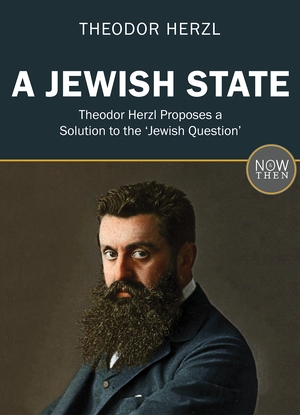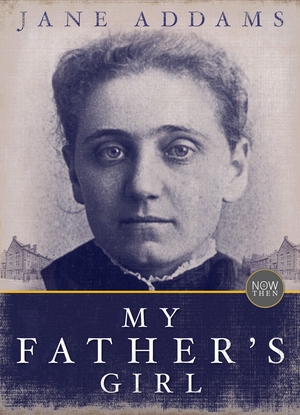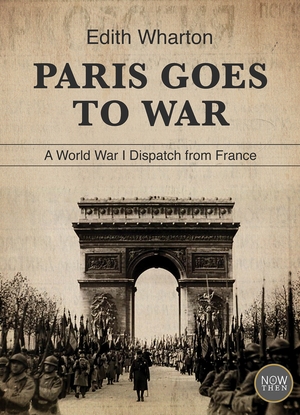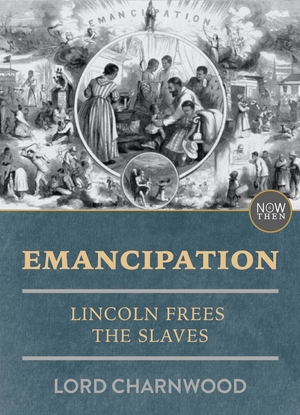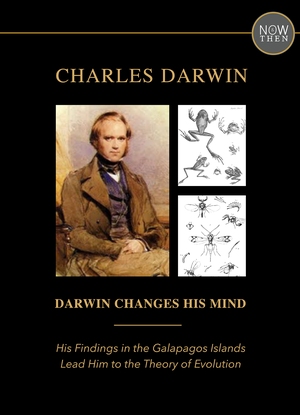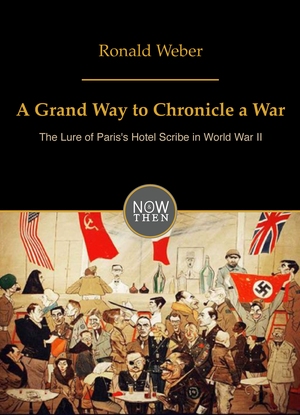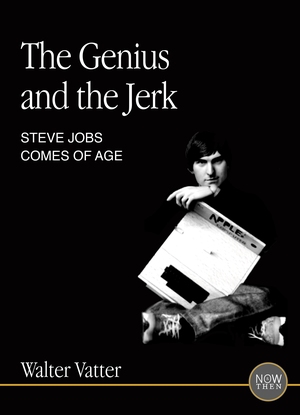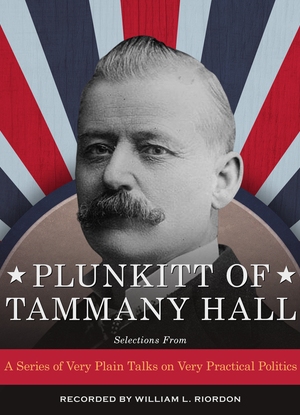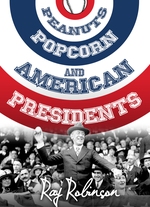Getting Connected - Preview
Radio and the Movies in the Daily Life of Americans, 1920-1940
by David E. Kyvig
GETTING CONNECTED
The new electrically powered technologies with perhaps the greatest impact on the daily lives of ordinary Americans in the 1920s and 1930s were radio and sound motion pictures. Interestingly enough, they represented instances in which the presence or absence of electrical wiring did not force a wedge between city and countryside. Battery-operated radios in particular, but also movie projectors driven by electric generators, made it possible for rural and small-town Americans to experience the same striking sounds and, occasionally, sights as city dwellers. Town and country could share experiences impossible to obtain in their own immediate cultural environment. Thus far more than any previous systems of communication, radio and moving pictures drew Americans together into a new and common culture.
Radio became enormously popular in a very short period of time. It soon linked rural and urban America together in a common listening experience. In the two decades after the first commercial radio broadcast in November 1920, nearly 41 million radios were manufactured in the United States, considerably more than one for every household in the nation. For the first time in the nation’s history, one could realistically talk of a national audience for a political, sports, or other event. People across the country could simultaneously hear exactly the same thing, whether it was a presidential speech, a musical performance, an advertisement for a commercial product, or an eyewitness description of a World Series baseball game. A nationwide community of people sharing the same experience at the same moment was first formed.
The Italian Guglielmo Marconi had discovered how to transmit telegraphic code through the air in 1896, initiating a scientific scramble to advance wireless communication. Marconi first demonstrated his wireless telegraph in the United States in October 1899, sending to shore reports on the America’s Cup yacht races in New York harbor. With a variety of inventors working on aspects of the problem, less than a decade later Americans achieved wireless transmission of voices and music, the first crude radio. In 1909 a primitive radio station began broadcasting every Wednesday evening from the San Jose, California, College of Engineering. Messages sent and received in the dots and dashes of Morse telegraph code remained the common medium, however, having quickly become commercially important.
